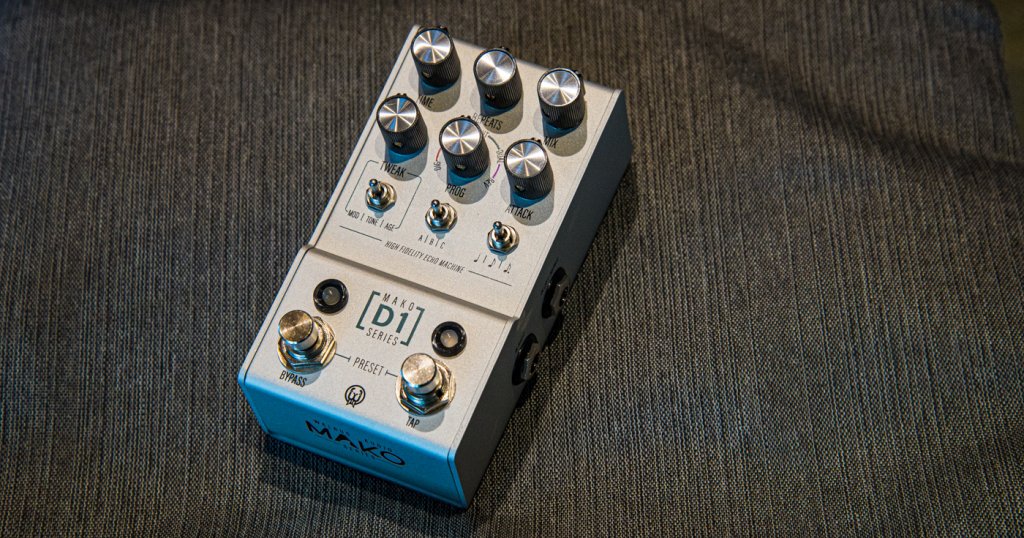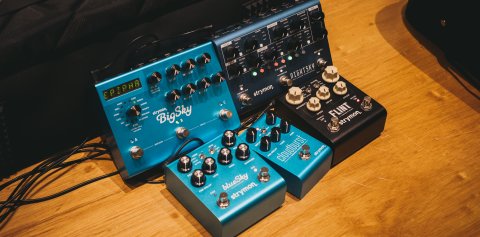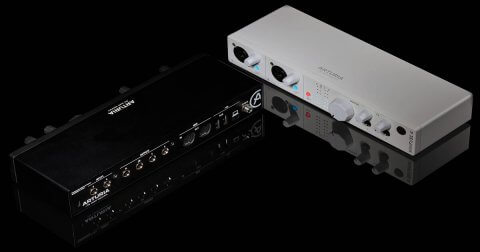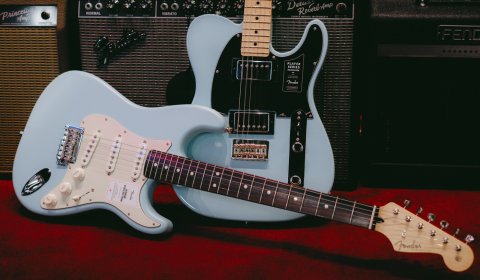If you’re new to delay pedals, then don’t delay – cause you’re missing big time (pun intended)! You’ve probably heard this effect before but if you need a refresher, check out the opening riff of Welcome to the Jungle by Guns N’ Roses or pretty much anything by U2.
Like an echo, delay pedals allow you to repeat a sound over and over. Though unlike the echo, of which reverberation and modulation will progressively warp the original sound texture, delay pedals will allow you to repeat exactly what you put through it, for eternity if you wish. Déjà vu much?
A delay pedal will oftentimes give you control over:
- The amount of time the signal takes to repeat
- How many times it repeats
- How loud the repeats are.
Since its introduction, the humble delay has evolved a lot and today, we are spoiled for choice. Here we’re going to give you a brief history to give you some context before so you can select the best delay pedal for yourself.
Fun fact: The delay pedal is often the very first pedal most guitarists buy – not only because it will instantly fatten up your tone, but mainly because it allows for super fun experimentation and shenanigans.
Tape Delay
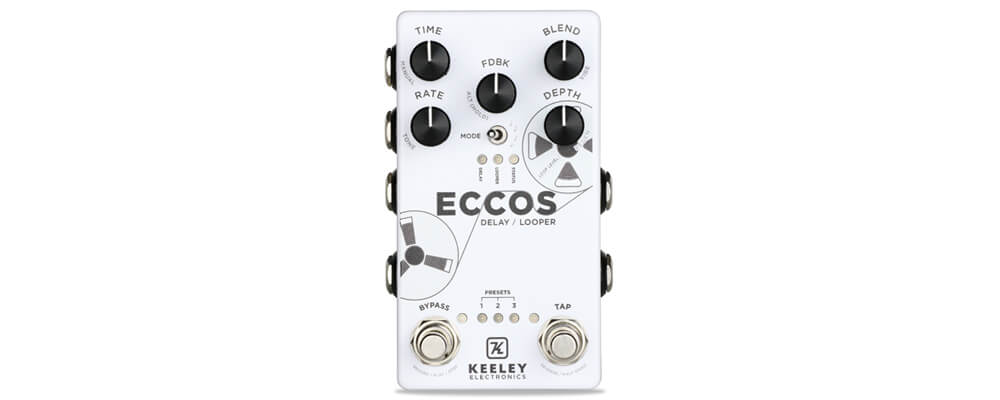
The first delay effects the world saw weren’t purpose-built inventions but rather improvised reel-to-reel audio tape recording systems. The duration of the delay could be adjusted by changing the distance between the recording and playback heads or by increasing or slowing down the tape speed.
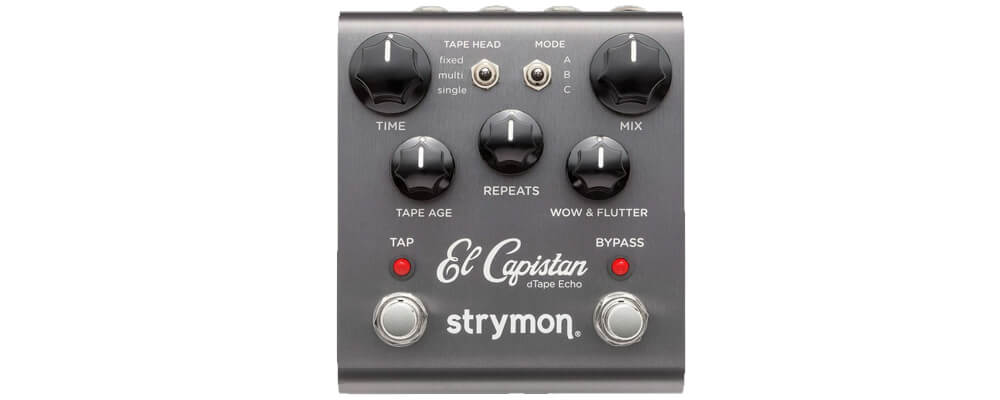
These vintage devices are large, clunky, and have many moving parts. Due to this Rube Goldberg machine-style complexity and their mechanical inconsistencies, sonic artefacts known as “wow” and “flutter” were apparent consequences. These peculiarities have since gone on to become hallmarks that tape delays are known for.
Also, the inconsistency of the tape speed also produced a subtle modulation effect. Even more so, the age of the tape even played a part in the quality of repeats. You can hear guitarists like Eric Johnson use these tape machines to produce incredibly lush and rich tones.
Analog Delay

The unpredictable and unreliable nature of tape delays saw the birth of another variant – the analog delay. These pedals relied on a new “bucket brigade” technology. In essence, it’s a tiny chip that moves stored analogue signals along a line of capacitor. The result was a delay that produced warmer and darker repeats with pronounced lo-fi characteristics – a highly-coveted sound by many. Just listen to the incredible tones The Edge produces in many U2 songs.
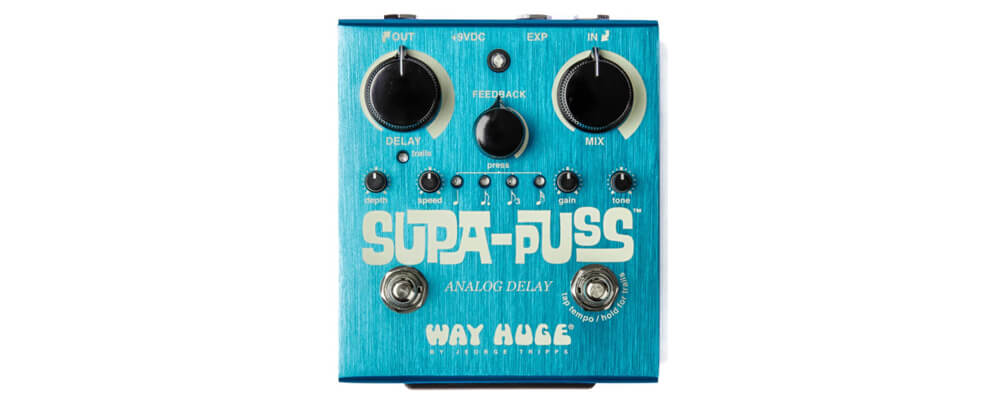
The limitations of early analog delays translated to short delay times, which sometimes were as little as 300ms. This is a huge boon from a logistical and operational standpoint. Transporting and maintaining an analog machine rather than a tape machine is much easier. Even today, this enhanced reliability and unique tonality mean that a plethora of analog delay pedals are still in rotation.
Digital Delay
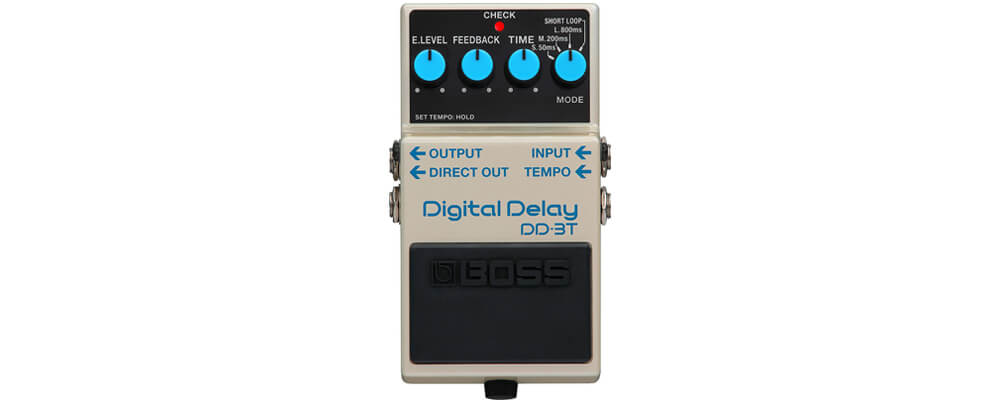
Enter the 80s, computers and microchips have entered the mainstream and digital delays have become the must-have item of any serious musician. All the limitations and inconveniences of the past delays were gone and in its place were countless boons. Digital delays produced sonically pristine repeats, and boasted a number of useful features like tap tempo and reverse delay. Longer delay times that were unheard of during the days of tape and analog delays also became a thing, producing delays substantially longer than the two seconds mark.
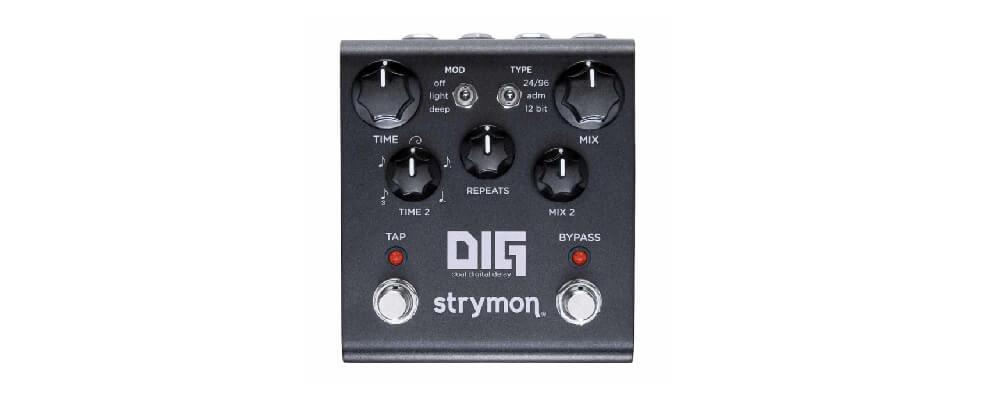
While early digital delays were accused to be soulless and cold due to their precise repeats, this pigeonholing simply does not stand anymore. Now, digital delay pedals have advanced to a point where emulation of the tape and analog effects of the past have become not just possible, but incredibly convincing. Currently, you can often see features like modulation, low-pass filters, tone adjustments for brighter or darker repeats and even looping functionalities.
Read more: Eventide H90 Harmoniser: Multi-Effects & So Much More
